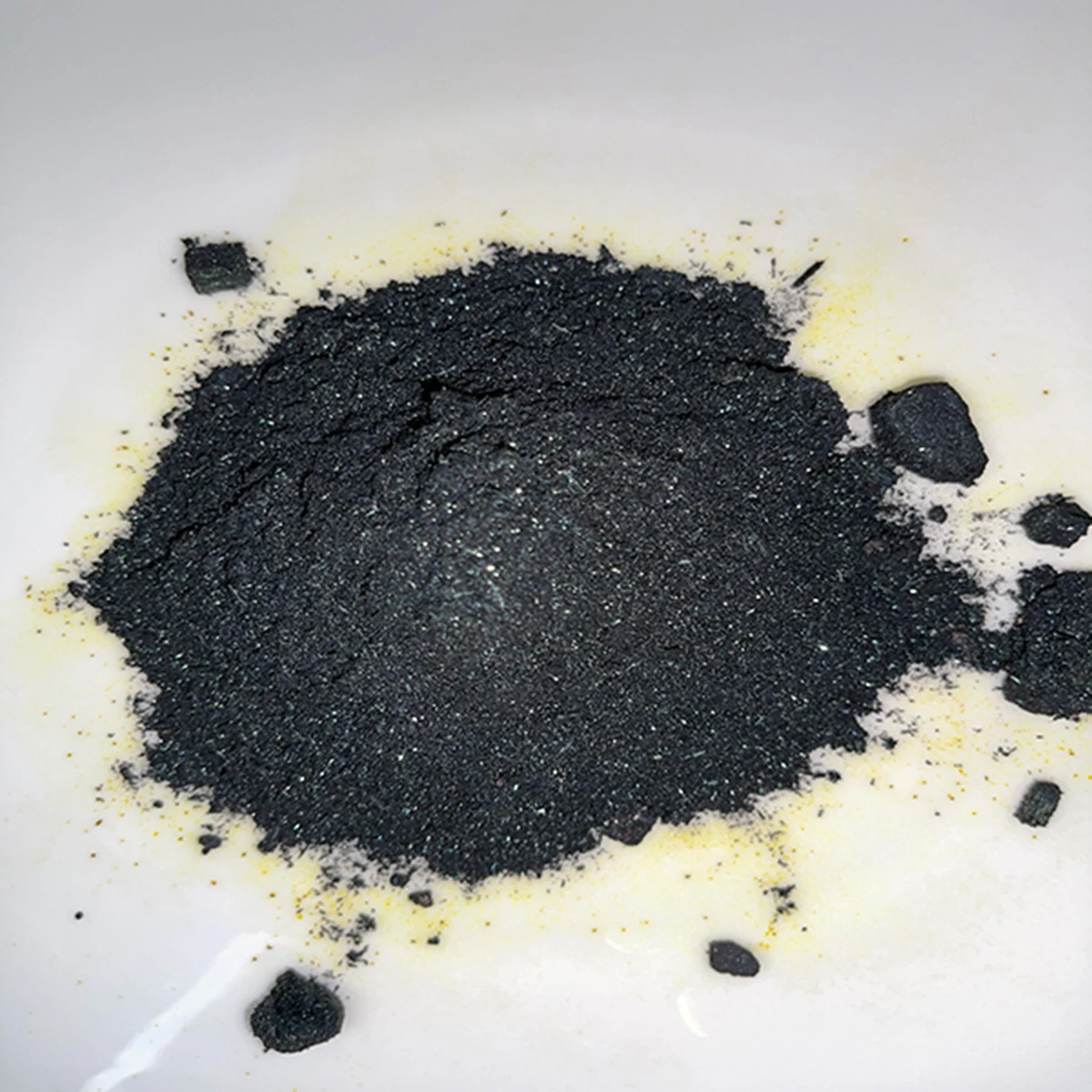



Understanding the Molecular Weight of Sodium Sulfide for Chemical Applications
Understanding Na2S Molecular Weight and Its Importance
Sodium sulfide, commonly represented by the chemical formula Na2S, is an inorganic compound that plays a crucial role in various industrial applications and chemical processes. Understanding the molecular weight of Na2S is fundamental in both academic research and industry operations. In this article, we will explore the molecular weight of sodium sulfide, its significance, and its applications.
What is Molecular Weight?
Molecular weight, also known as molar mass, refers to the mass of a molecule based on the sum of the atomic weights of all the atoms present in the molecule. The unit of measurement for molecular weight is typically grams per mole (g/mol). For ionic compounds like sodium sulfide, the molecular weight can be calculated based on the atomic weights of its constituent elements.
Calculating the Molecular Weight of Na2S
The molecular formula of sodium sulfide indicates that one molecule of Na2S comprises two sodium (Na) atoms and one sulfur (S) atom. To find the molecular weight, we need to use the atomic weights of sodium and sulfur, which are approximately 22.99 g/mol for sodium and 32.07 g/mol for sulfur.
The calculation for Na2S is as follows
- Sodium (2 atoms) 2 × 22.99 g/mol = 45.98 g/mol - Sulfur (1 atom) 1 × 32.07 g/mol = 32.07 g/mol
Adding these values together gives
\[ \text{Molecular weight of Na2S} = 45.98 \text{ g/mol} + 32.07 \text{ g/mol} = 78.05 \text{ g/mol} \]
na2s molecular weight

Thus, the molecular weight of sodium sulfide is approximately 78.05 g/mol.
Importance of Molecular Weight in Applications
Molecular weight plays a pivotal role in various scientific and industrial applications. Here are a few key areas where the molecular weight of Na2S is particularly significant
1. Chemical Reactions Understanding the molecular weight of sodium sulfide is essential for stoichiometry in chemical reactions. It allows chemists to calculate how much Na2S is needed to react with other substances, which is vital for ensuring efficiency and safety in chemical processes.
2. Analytical Chemistry In analytical chemistry, the molecular weight is crucial for designing experiments and interpreting results. Knowing the molecular weight allows chemists to convert concentrations from moles to grams and vice versa when conducting quantitative analyses.
3. Manufacturing Processes Sodium sulfide is used in the textile and pulp industries for various processes, including dyeing and removing impurities. Accurate knowledge of its molecular weight enables manufacturers to formulate products with the correct concentrations, optimizing production quality and reducing waste.
4. Environmental Chemistry Na2S is also relevant in environmental applications, such as wastewater treatment. In these contexts, the molecular weight aids in calculating dosages needed to precipitate heavy metals and remove unwanted substances from effluents, contributing to effective pollution management.
5. Safety and Handling Chemical safety data sheets (SDS) often include molecular weight as part of the critical information required for the safe handling of chemicals. Being aware of the molecular weight helps personnel in laboratories and industrial settings manage risks associated with exposure to sodium sulfide.
Conclusion
Sodium sulfide (Na2S) is a compound with considerable importance across various fields, from industrial applications to environmental management. Understanding its molecular weight, approximately 78.05 g/mol, provides a foundation for its use in chemical reactions, analytical methods, and manufacturing processes. As industries continue to innovate and seek efficiencies, the significance of accurately knowing the molecular weight of compounds like Na2S remains paramount. Whether in laboratories, factories, or environmental settings, the implications of this knowledge are profound, impacting both productivity and safety.
-
Why Sodium Persulfate Is Everywhere NowNewsJul.07,2025
-
Why Polyacrylamide Is in High DemandNewsJul.07,2025
-
Understanding Paint Chemicals and Their ApplicationsNewsJul.07,2025
-
Smart Use Of Mining ChemicalsNewsJul.07,2025
-
Practical Uses of Potassium MonopersulfateNewsJul.07,2025
-
Agrochemicals In Real FarmingNewsJul.07,2025
-
Sodium Chlorite Hot UsesNewsJul.01,2025










